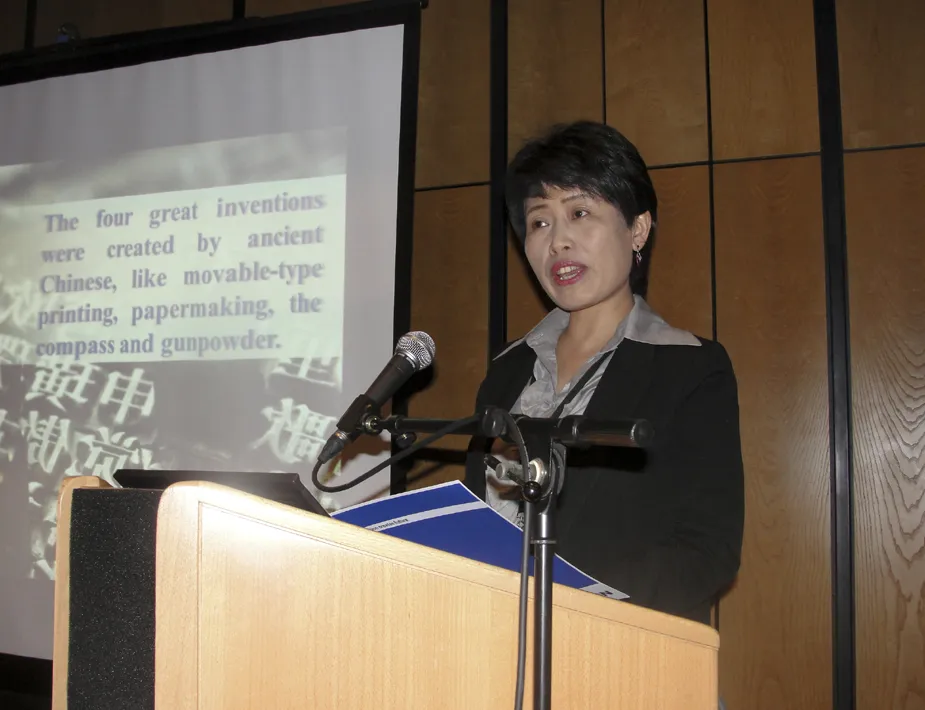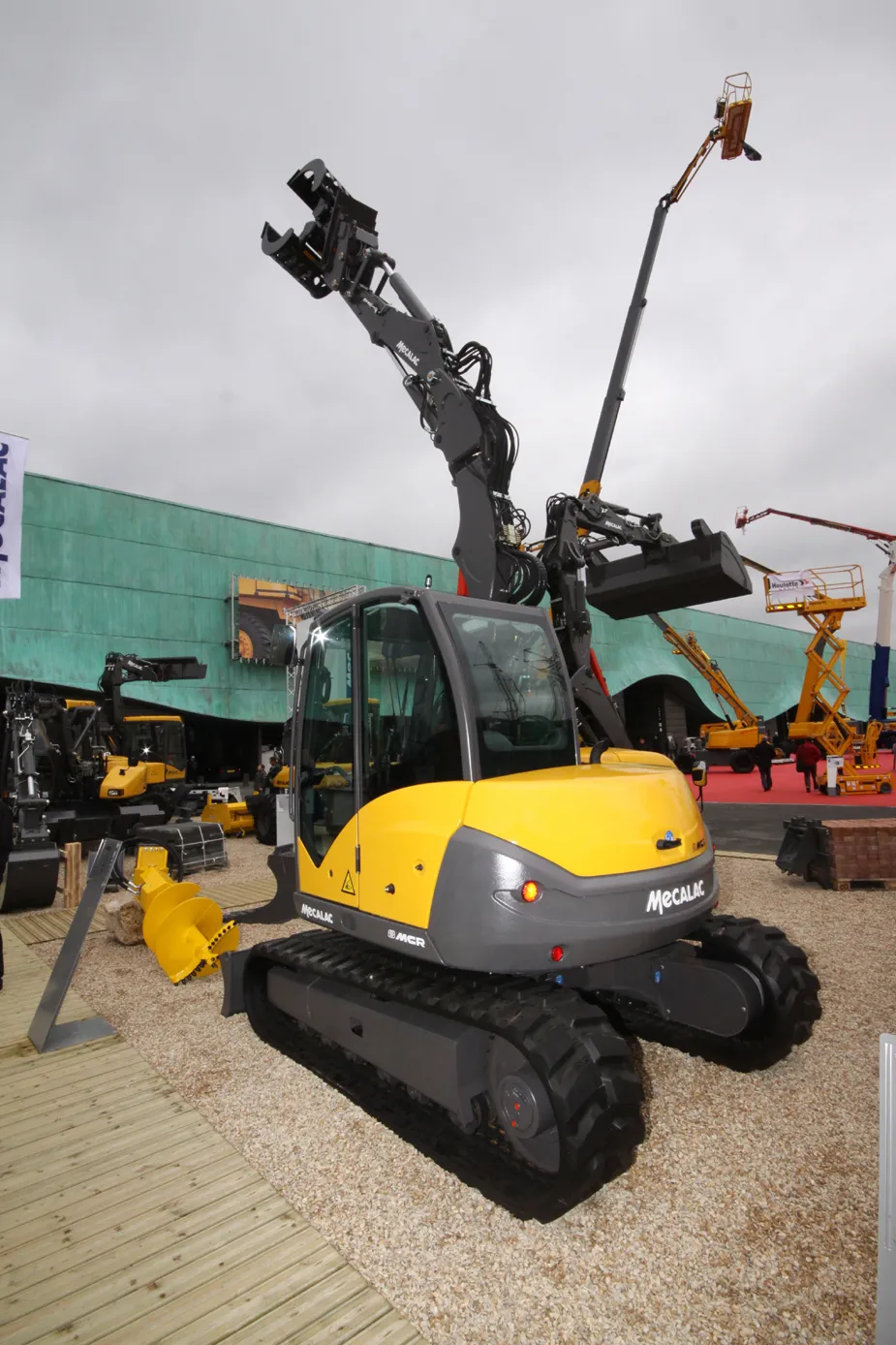Italian formwork manufacturer Pilosio underlined its global ambitions with the presentation of its third ‘Building Peace’ international building awards to architect Cameron Sinclair, co-founder of Architects for Humanity, which helps re-build sustainable communities post-disaster.
January 6, 2017
Read time: 2 mins

Italian formwork manufacturer 7163 Pilosio underlined its global ambitions with the presentation of its third ‘Building Peace’ international building awards to architect Cameron Sinclair, co-founder of Architects for Humanity, which helps re-build sustainable communities post-disaster.
“Up until three years ago, we were extremely focussed on the Italian market,” said Pilosio managing director Dario Roustayan. “Today 80% of our product is exported, so we are becoming more and more international.
“We have changed our business model by changing our focus, which previously was distribution and production and is now engineering and consultancy.”
Klaus Dittrich, CEO of Munich Trade Fair, also spoke at the event. Italian companies have a huge presence at bauma, he said, with 460 exhibitors making Italy the second largest exhibiting country. “The philosophy of the award says that it gives a new perspective to the construction industry,” said Dittrich. “What setting would be better for such an event?”
Interviewed by TV presenter Alessio Vinci, Sinclair told invited guests at the award ceremony about the work of his organisation, including the re-building of communities in Haiti after the 2010 earthquakes. “In Haiti more than 2million people were displaced and hundreds of thousands of people died. That wasn’t because it was a terrible earthquake but because there was terrible buildings.”
Architects for Humanity arranges the design and construction of sustainable housing and public buildings, while training local designers and contractors so that they can continue to build to higher standards.
“Up until three years ago, we were extremely focussed on the Italian market,” said Pilosio managing director Dario Roustayan. “Today 80% of our product is exported, so we are becoming more and more international.
“We have changed our business model by changing our focus, which previously was distribution and production and is now engineering and consultancy.”
Klaus Dittrich, CEO of Munich Trade Fair, also spoke at the event. Italian companies have a huge presence at bauma, he said, with 460 exhibitors making Italy the second largest exhibiting country. “The philosophy of the award says that it gives a new perspective to the construction industry,” said Dittrich. “What setting would be better for such an event?”
Interviewed by TV presenter Alessio Vinci, Sinclair told invited guests at the award ceremony about the work of his organisation, including the re-building of communities in Haiti after the 2010 earthquakes. “In Haiti more than 2million people were displaced and hundreds of thousands of people died. That wasn’t because it was a terrible earthquake but because there was terrible buildings.”
Architects for Humanity arranges the design and construction of sustainable housing and public buildings, while training local designers and contractors so that they can continue to build to higher standards.
Stand: F10/N1020/1
View more stories







